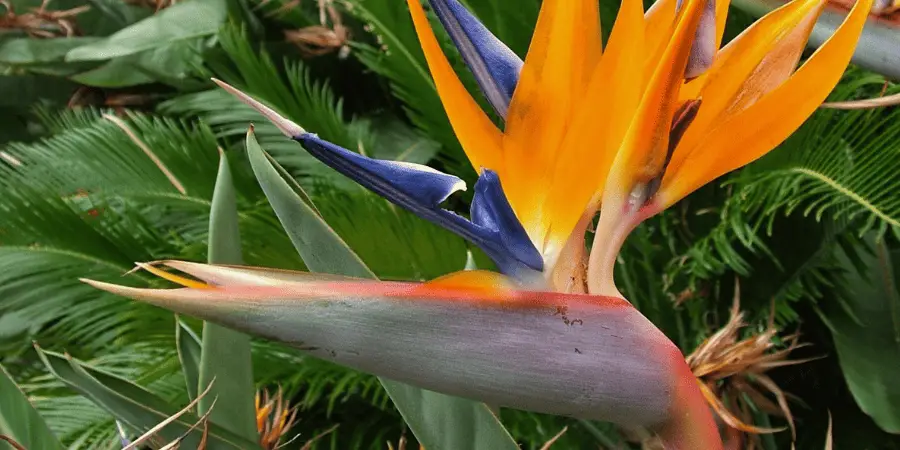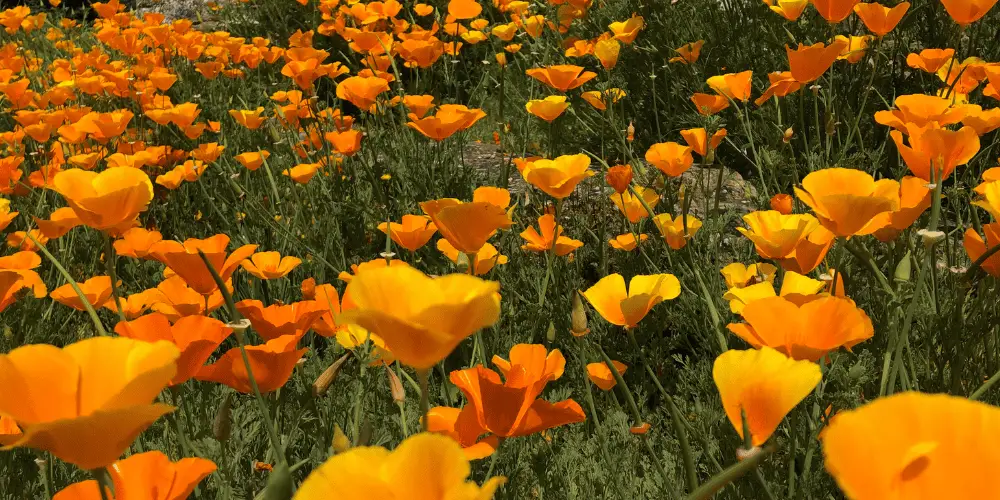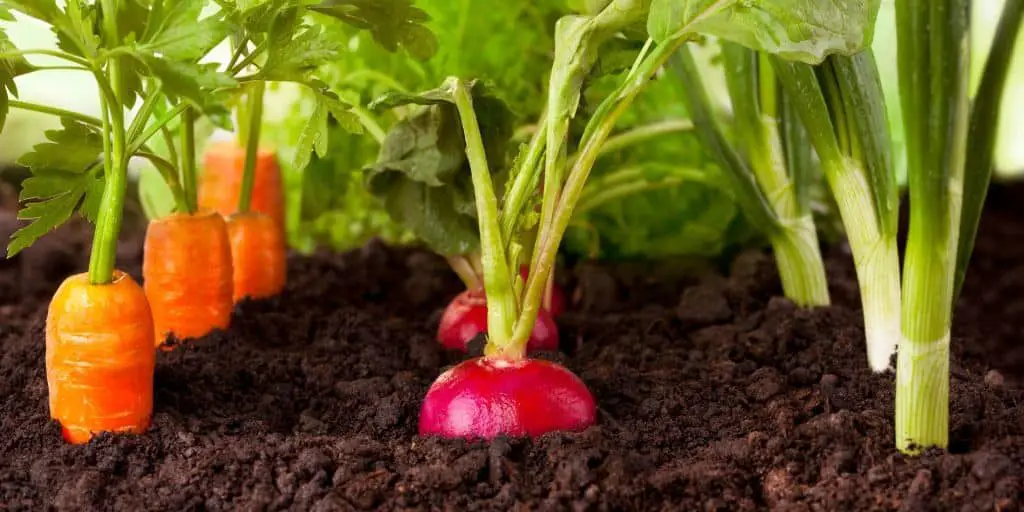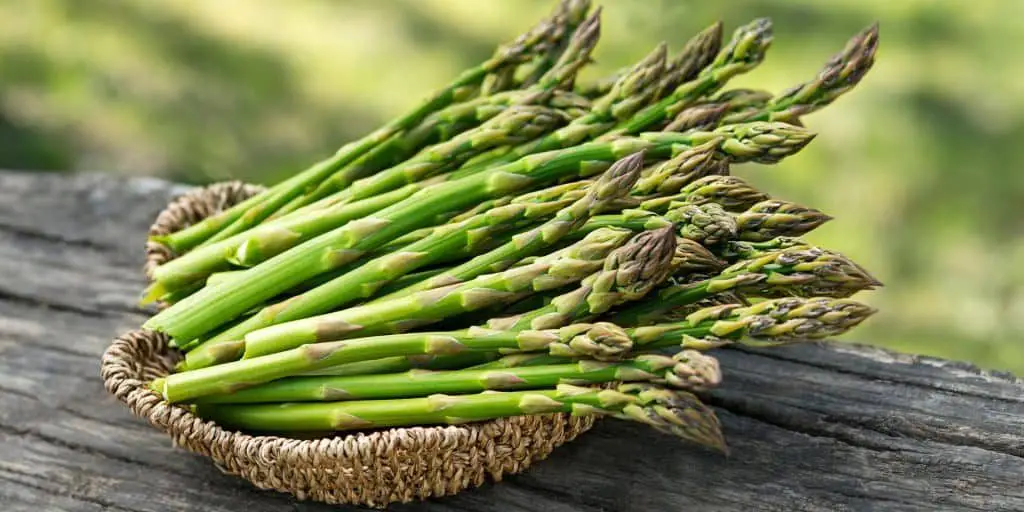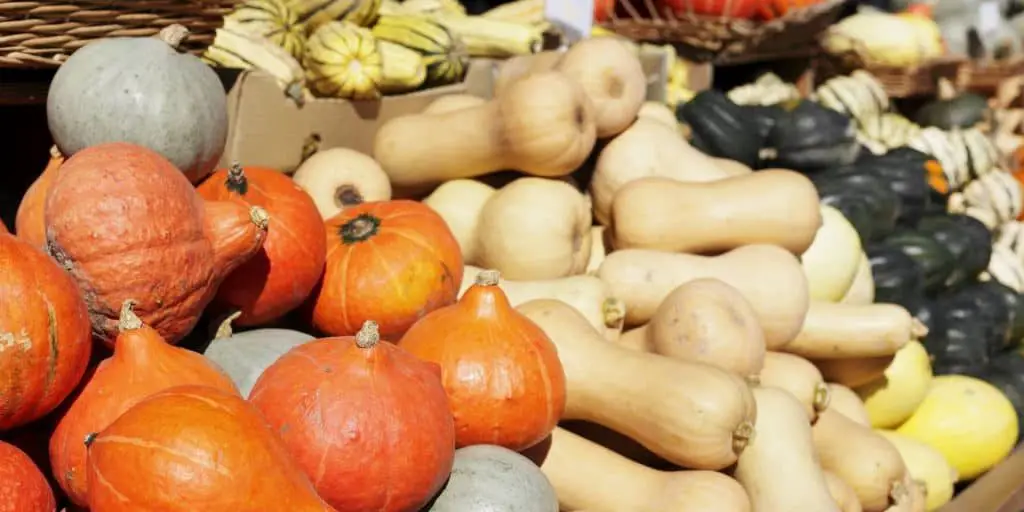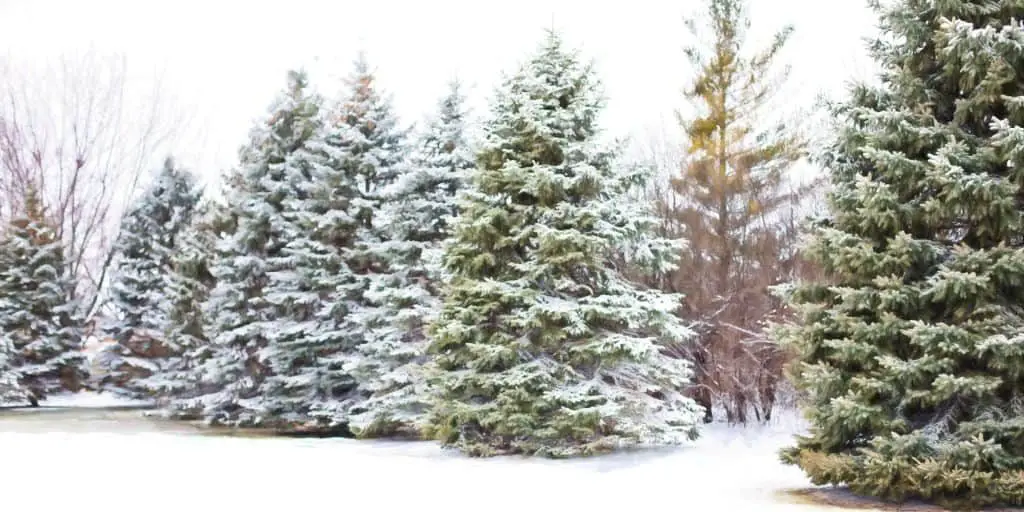
How to Keep and Plant a Live Christmas Tree
It’s that time of year again: the time to debate whether it’s better for the earth to get a cut tree for Christmas or a fake plastic one. And while there is a surprising answer for that question that we will get to, we’d also like to propose a third option: purchasing a living Christmas tree to plant in the ground after the holiday.
A living Christmas tree comes with its root ball still intact, which means that, with the proper care, you can plant it after Christmas. In order to keep the tree as healthy as possible so that it can be planted, it’s important to give the tree the right conditions both indoors and outdoors, and to limit the tree’s time inside. You should also know what type of tree you’ve purchased and how big it can ultimately get, as this will determine where you plant it.
Curious about our third option? Then read on to discover exactly how to care for and successfully plant a living Christmas tree.
What type and size of potted tree should I get?
The most important part of keeping a live Christmas tree is to choose a tree species that will thrive in your area, as well as one whose ultimate size and light requirement fit the space you have available.
For example, the noble fir–a common choice for cut Christmas trees–likes to grow in full sun in climates with generally cool conditions, and can grow up to 50 feet tall and 25 feet wide. That’s too big for most backyards!
It’s much better to scope out the conditions of the site where you plan to plant a Christmas tree and do a little research beforehand. If you’re lucky enough to have a local nursery in your area, go and ask what smaller conifer species thrive in your area and planting site.
You can also reach out to your local cooperative extension, which is staffed by plant experts who can also give you some ideas.
To get you started, here are some of the best conifers that make great live Christmas tree options and whose mature size is also ideal for the typical smaller residential lot:
Dwarf Serbian Spruce (Picea omorika ‘Nana’)
Full sun to part shade; 4-8 feet tall. Good deep green color and stiff branches to hold up ornaments!
Dwarf Alberta Spruce (Picea glauca)
Full sun to part shade; ‘Conica’ grows 8 feet tall, and ‘MonRon’ or Tiny Tower only gets 4-6 feet tall. Especially good for shady yards.
Dwarf Swiss Stone Pine (Pinus cembra)
Full sun; 5-6 feet tall. Its needles have a white underside and are actually soft to the touch instead of stiff and pointy like a spruce. It’s also cold-tolerant to the extreme, and can survive temperatures down to -50 degrees Fahrenheit!
Hinoki Cypress (Chamaecyparis obtusa ‘Gracilis’)
Full sun to part shade; 8-12 feet tall. This tree diverges from the traditional “Christmas tree look,” but it has gorgeous deep green color, soft, fern-like foliage, and a unique layered shape as it grows.
And of course, if you have a large yard or acreage, your list of live Christmas tree options is much bigger.
How to transport a live Christmas tree
The best way to get your live Christmas tree from the nursery to your home is to lay it down on its side on a trailer or in the bed of a pickup, with the pot closest to the car and the top of the tree farthest away from it.
This orientation will allow the wind to blow backwards over the tree, instead of pushing against the branches and foliage as you drive.
And don’t worry about losing soil from the pot. Generally speaking, any potted tree that is for sale at a garden center or nursery will be “fully rooted out”, meaning that its roots have extended throughout the soil in the pot to hold it firmly in place.
How and when to bring a live Christmas tree inside
You should bring your live tree inside for no longer than four or five days total.
In the meantime, set your tree up in a spot that is sheltered from wind and doesn’t get too much sun. The north side of the house works well.
If you have a sheltered porch or deck that also has an electrical outlet, you can go ahead and put lights on the tree now to enjoy until you bring it inside just before Christmas.
Water it consistently, but not too heavily. Depending on how cold or warm your weather is, you could be watering anywhere from once a week to once a day.
Test the moisture level of the soil in the pot by:
Using a moisture meter
Pressing your fingers four to five inches down into the soil to check for dampness/dryness
Moving the pot around–the heavier it is, the wetter, and vice versa
When you purchase the tree, you can also ask the business how often they have been watering the tree, and use that as a guideline.
When you are ready to bring the tree inside, depending on the size of the pot, use a wheeled dolly or simply carry it in.
This will be easier if you do it right before a watering, as the soil in the pot will be drier and lighter.
The best spot for an indoor Christmas tree is one that is cool and not too bright. Do your best to avoid drying it out: close nearby heat registers, and keep it away from fireplaces or really sunny windows.
A waterproof floor mat and a drip tray will protect your floors from any water leaks.
If your live Christmas tree is on the small side, you can give it more presence by placing it on top of a table or box draped in red or green fabric, or even covered with a large tree skirt (like this cute felt one or this elegant Fair Isle-style knitted one).
Once you have your tree inside and in position, give it a good drink of water. It will probably need more water during its time inside, as indoor conditions are drier and warmer than outdoor conditions.
How and when to bring a live Christmas tree back outside
When the festivities are over, it’s time to take off the ornaments and the lights and send the tree back outside.
Return the live tree to its former sheltered spot outdoors. Give it at least a week to reacclimate to the outdoors before you plant it.
Guidelines for planting trees after Christmas
Dig a hole that is twice as wide but no deeper than the tree’s pot.
Many people dig holes that are too deep and end up burying part of the tree trunk, which means a slow death for the tree as the bark and cambium rot away under the soil.
Gently remove the tree from the pot and place the root ball in the center of the hole.
Rolling or tapping the pot on all sides will help loosen it from the sides of the pot. If necessary, cut the pot away from the root ball.
Backfill the hole with a combination of your native soil, compost, and starter fertilizer.
How much compost you’ll need really depends on how much fertility your native soil has. If you have soil that is rich in organic matter and nutrients, you’ll need just a couple cups. But if your soil is thin and rocky, you’ll need to add compost up to ⅓ the total amount of backfill.
Create a well around the tree for watering.
Use the extra soil you didn’t use to backfill to create a small circular berm about as big around as the bottom branches of the tree. This will direct water down into the root ball.
Apply a thin layer of mulch–straw, wood chips, grass clippings, or fallen leaves all work.
Set up a watering system.
This is most important if you live in a dry area that doesn’t get much snow or rain in winter. Your real Christmas tree needs water at least twice in the first week after planting, and at least once a month for the rest of the winter. That may come from the sky, but it may also need to come from you.
And there you have it–now you know how to plant a live Christmas tree!
What if you don’t have the space to plant a living Christmas tree right now, but you’re stuck on whether a fake tree might be better for the environment than a cut tree? Between those two, what’s your best option?
Is A Live Tree Better For The Environment Than A Fake Tree?
The surprising answer is YES!
Cut Christmas trees are, on balance, easier on the environment than fake ones. Why? Here’s the main reasons:
- They come from American forests, instead of being manufactured and shipped here from China. This means they produce a LOT fewer carbon emissions.
- Cut trees come from real forests. Out of the 350-500 million trees growing on American tree farms, only 30 million end up as Christmas trees.
- Cut trees support the livelihoods of those who manage these tree farms. According to the Texas A & M Forest Service, “in 2020 the Christmas tree industry generated over $800 million and supported nearly 7,000 jobs with a payroll of $260 million (source).” And that’s just in Texas alone! These economic benefits don’t exist for PVC trees.
- Removing some trees is part of responsible forest management. Tree farms aren’t just a bunch of pine trees growing in a neat row. They are managed forests that are important habitats for wildlife as well as ecological stability and carbon storage.
- Cut Christmas trees are recyclable and biodegradable, whereas fake trees will inevitably end up in a landfill at some point. Although the decomposition process does release some greenhouse gasses, that fact is offset by the many uses for post-Christmas trees: wood chip mulch, firewood, and local conservation and habitat projects.
Conclusion
We love Christmas trees, whether they are potted trees that live on after Christmas, or cut trees that get turned into something else!
Thanks for checking out our guide on How to Keep and Plant a Live Christmas Tree! If you have any questions or think that we missed anything, please let us know!
